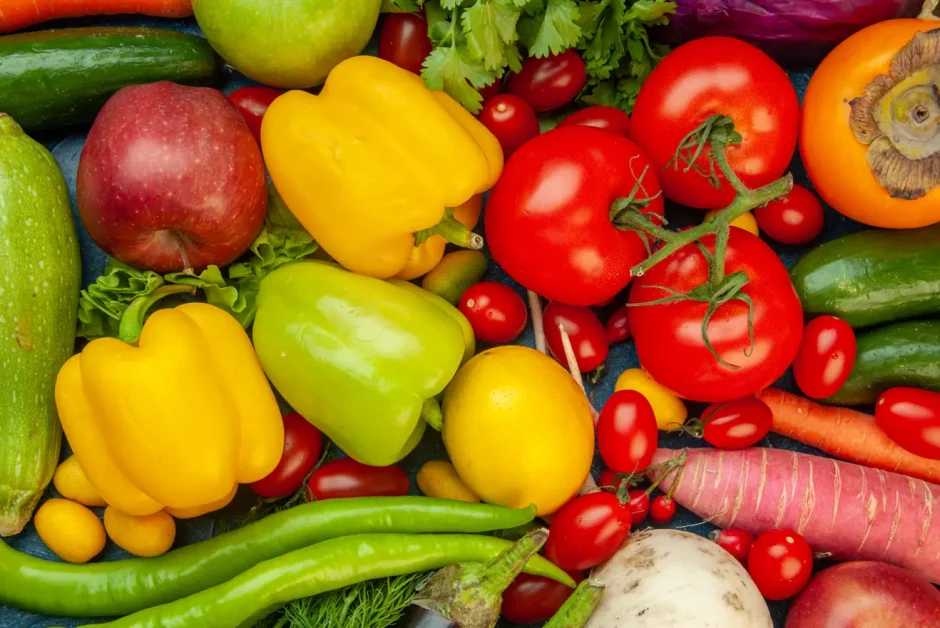Balanced nutrition is vital for growing lush, productive vegetable gardens. Among various fertilizer options, 10-10-10 fertilizer stands out for its versatility and simplicity. This guide explores why 10-10-10 fertilizer is a top choice for vegetable growers and how it contributes to vibrant growth and abundant harvests.
Why Vegetables Thrive on Balanced Fertilizers Like 10-10-10
Vegetables demand a variety of nutrients for optimal growth. A balanced fertilizer like 10-10-10, which contains equal parts nitrogen, phosphorus, and potassium, ensures plants receive the essential elements they need.
- Nitrogen (10%): Supports leafy growth and enhances photosynthesis.
- Phosphorus (10%): Promotes strong root systems and encourages flowering.
- Potassium (10%): Boosts disease resistance and improves overall plant vigor.
Balanced fertilizers like 10-10-10 simplify nutrient management, making them ideal for both beginner and experienced gardeners.
Benefits of Using 10-10-10 Fertilizer
- Ensures even nutrient distribution.
- Improves plant resilience to environmental stresses.
- Encourages higher yields and better crop quality.
Incorporating Ugarit products, such as Ugarit 10-65-10, can also provide tailored support during specific growth stages, such as flowering and root development.
Step-by-Step Application Guide for 10-10-10 in Vegetable Beds

Proper application of 10-10-10 fertilizer is crucial to maximize its benefits. Follow these steps for optimal results:
Step 1: Prepare the Soil
- Test the soil’s nutrient levels using a soil test kit.
- Loosen the soil to improve aeration and water retention.
Step 2: Measure the Fertilizer
- Calculate the application rate based on your garden size. Typically, use about 1 pound of 10-10-10 fertilizer per 100 square feet.
Step 3: Apply the Fertilizer
- Spread the fertilizer evenly across the soil surface.
- For row planting, apply fertilizer in a band alongside the rows.
- Water the area thoroughly to help nutrients seep into the soil.
Step 4: Monitor Plant Growth
- Reapply every 4-6 weeks during the growing season.
- Adjust the frequency based on plant response and weather conditions.
For crops requiring specialized care, products like Ugarit 25-25-25 + TE provide balanced nutrition across all growth stages.
Read more: Pre-Planting Fertilization: How to Prepare Soil with 10-10-10 R
ead more: Using 10-10-10 Fertilizer for Container Gardening
Common Vegetable Nutrient Deficiencies and How 10-10-10 Helps
Vegetable crops often show signs of nutrient deficiencies, impacting growth and yield. Here’s how 10-10-10 fertilizer addresses these issues:
- Yellowing Leaves (Nitrogen Deficiency): Restores green foliage by supplying essential nitrogen.
- Stunted Growth (Phosphorus Deficiency): Encourages robust root systems and improves growth.
- Weak Stems and Leaf Curling (Potassium Deficiency): Enhances structural integrity and leaf health.
When dealing with specific deficiencies, Ugarit 40-10-10 + TE can correct nitrogen shortages while boosting overall plant health and resilience.
Read more: Is 10-10-10 Fertilizer Suitable for Hydroponics?
Read more: How 10-10-10 Fertilizer Can Revive Neglected Lawns
Comparing 10-10-10 to Specialized Vegetable Fertilizers
While 10-10-10 fertilizer offers balanced nutrition, specialized fertilizers may suit specific growth phases or crops better. Here’s a comparison:
| Fertilizer Type | Best For | Key Benefits |
|---|---|---|
| 10-10-10 | General vegetable growth | Balanced nutrients for overall health |
| Ugarit 27-27-27 + TE | Simultaneous vegetative & fruit | Supports both growth and fruit development |
| Ugarit 0-5-65 | Fruiting stages | Enhances fruit size, color, and disease resistance |
| Ugarit 10-65-10 | Root and early plant development | Promotes strong roots and early flowering |
Choosing the right fertilizer depends on the growth stage and specific needs of your vegetables.
Maximizing Harvests by Timing 10-10-10 Applications

Timing is critical for achieving abundant harvests. Using 10-10-10 fertilizer strategically ensures plants receive nutrients when they need them most.
Application Schedule
- Pre-Planting: Apply 10-10-10 to enrich the soil before sowing seeds.
- Early Growth: Use during the first few weeks to encourage leafy growth.
- Mid-Season: Reapply to maintain nutrient levels and support flowering.
- Late Season: Use sparingly to promote fruit development.
Tips for Effective Timing
- Avoid over-fertilization, which can lead to nutrient runoff.
- Monitor weather conditions; apply before rain to enhance nutrient absorption.
- Pair 10-10-10 with Ugarit 0-52-34 during the fruiting stage for enhanced flavor and color.
Read more: The Best Times of the Year to Apply 10-10-10 Fertilizer
Read more: Winter Fertilization: Is 10-10-10 Fertilizer a Good Choice?
Ready to elevate your vegetable garden’s productivity? Explore YARAFERT’s range of premium fertilizers to find the perfect solution for your crops. Visit our website or contact our team for personalized advice and product recommendations. Transform your garden with balanced nutrition and expert support today!
Read more: The Best Times of the Year to Apply 10-10-10 Fertilizer
Read more: Winter Fertilization: Is 10-10-10 Fertilizer a Good Choice?
References:
- ScienceDirect (https://www.sciencedirect.com/)
- Wiley Online Library (https://onlinelibrary.wiley.com/)
- Nature Chemistry (https://www.nature.com/nchem/)
- Google Scholar (https://scholar.google.com/)

